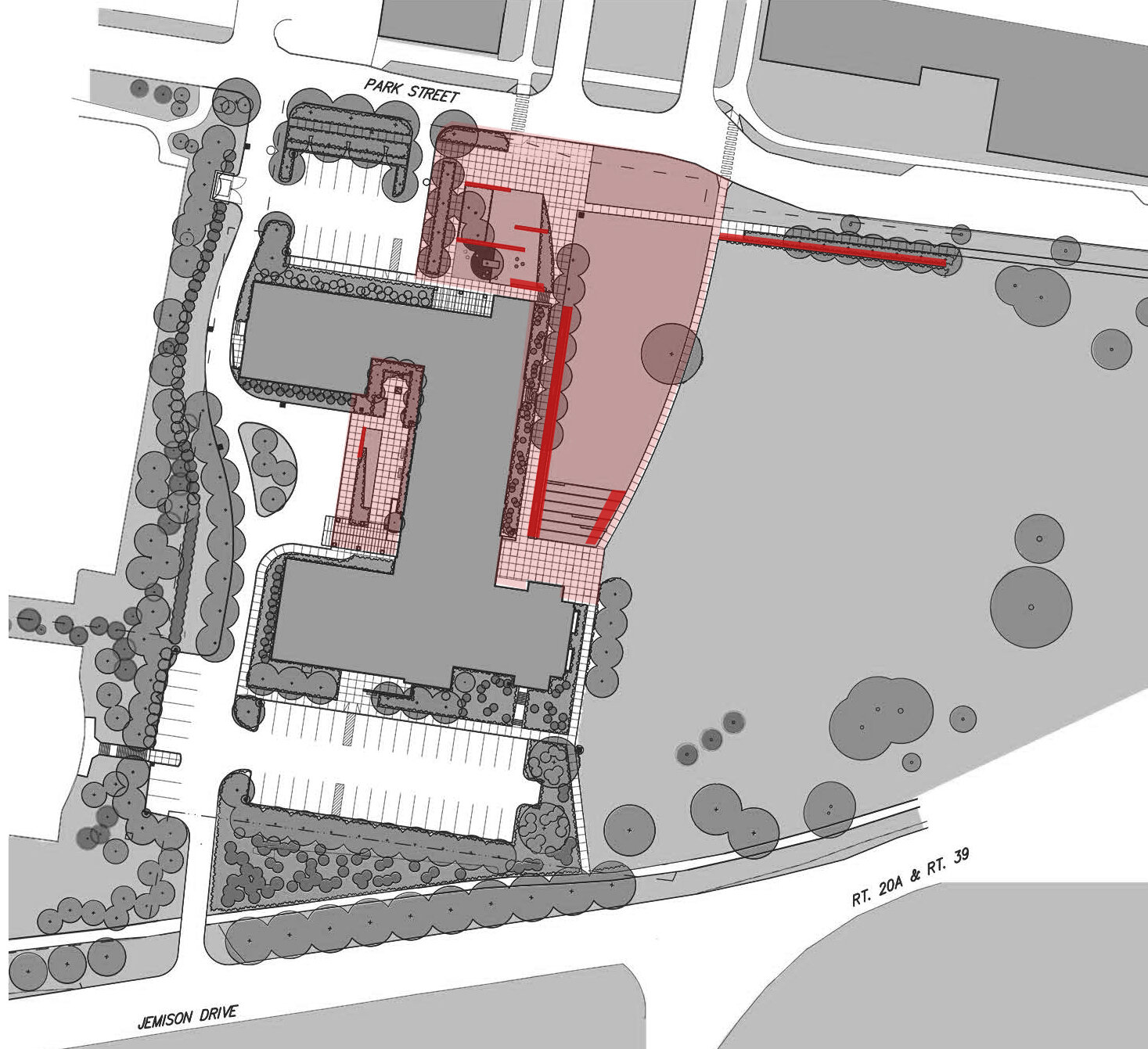design in time
RESPECT FOR THE PAST
Much of our work involves the renovation of existing landscapes and buildings. We are students of history who deeply appreciate the richness that previous use brings to a site. To this end we welcome the artifacts that past lives have left behind with existing features becoming essential cues that shape new designs. It is important that the design for today not try to replicate the past altering history by hiding new construction. The best design allows for each generation to overlay its own layer and the passage of time remains apparent in the fabric of a place. That said, designing for the present does not release us from respecting the past. Simply contrasting the new with the old at every turn is not a universal answer to contemporary design in an historic context. This approach oversimplifies our relationship to the past by creating an exaggerated duality when a more subtle design can be seen as fitting within a continuum of past layers and will be more accepting of future alterations. The historical context can be a key influence on design as valid as the more immediate needs of it current inhabitants. We like designs that are a collage of elements and references with each new piece placed in careful consideration of the elements already in place.
A fence for an existing house will look different than a fence for a new building since it is influenced by the particular presence of what has come before. Design becomes a careful balance of new and old. A design might echo the types of elements that would have been present in the past but use a new pattern and texture. A terrace might be centered on a classical facade but it is composed as a random field rather than a centered set of classical frames. A house addition might continue the scale and massing arrangement of the existing building forms but its finish and fenestration are altered to take advantage of current technologies.
RESPECT FOR THE FUTURE
As landscape architects we also have a great respect for the future. Architects can preserve the illusion that their buildings are unchanging over time as long as a rigorous maintenance program is observed. Landscape architects design with living things that are constantly changing. The design of a landscape is the setting of a stage for the forces of nature to define the future drama in a continuing series of acts. The design put on paper can never be realized. By the time trees reach their mature height other aspects of the design will have worn away and the concept that was originally intended will have evolved into something else. Without intense daily maintenance, plants carefully arranged in a perennial bed will struggle with each other in pursuit of sunlight and nutrients until the strongest in each micro-environment attains dominance and a more stable constantly readjusting equilibrium is reached. Landscape architects must embrace change to create landscapes that are sustainable over time.
As architects we like to take a similar approach to the renovation of existing buildings by considering how alterations can be limited to efficiently accommodate evolving needs while retaining the best existing building assets and leaving the opportunity for future transformations. Perhaps an architectural design can be viewed less as a finished ideal object and more as a construction that can change over time as needs of its inhabitants change.









